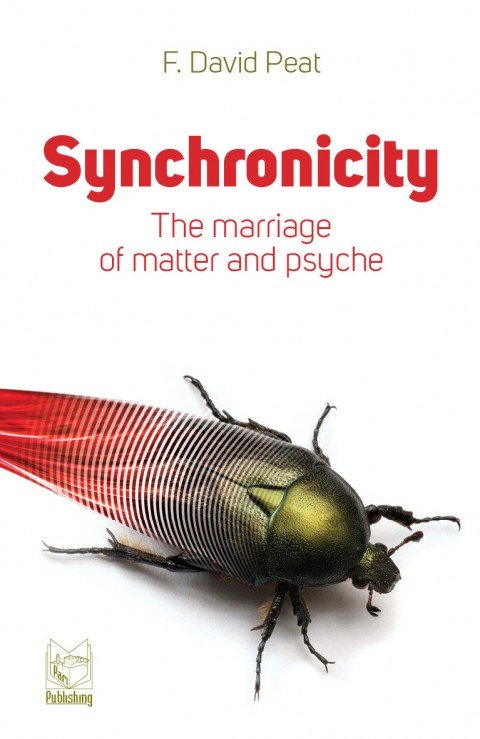
Synchronicity is a concept, first explored by psychiatrist C.G. Jung, which holds that events are ‘meaningful coincidences’ if they occur with no causal relationships, yet seem to be meaningfully related. F. David Peat’s latest book Synchronicity: The Marriage of Matter and Psyche explores Carl Jung’s notion of the life-transforming nature of synchronicities.
‘Synchronicities,’ says Peat, ‘open the floodgates of the deeper levels of consciousness and matter, which, for a creative instant, sweep over the mind and heal the division between the internal and external.’
Peat’s book is a sequel to his earlier, Synchronicity: The Bridge Between Matter and Mind. Since writing that previous book a great deal more has come to light, in particular about the role of the theoretical physicist Wolfgang Pauli in encouraging Carl Jung’s investigation of the phenomenon of ‘meaningful coincidence.’ Much of this collaboration between the physicist and the depth psychologist is revealed in the fascinating correspondence between Jung and Pauli that has now been published.
As well as exploring the Jung-Pauli relationship Peat outlines the history of synchronicity, and the book features chapters on alchemy, consciousness and the I Ching. ‘It may well be that for us, in the early 21st century, to accommodate ideas of synchronicity in any fundamental way will require a profound transformation of the way in which we view ourselves, nature and society,’ says Peat.
Peat’s new book ends with a speculative and provocative chapter on the possible source of true synchronicities.